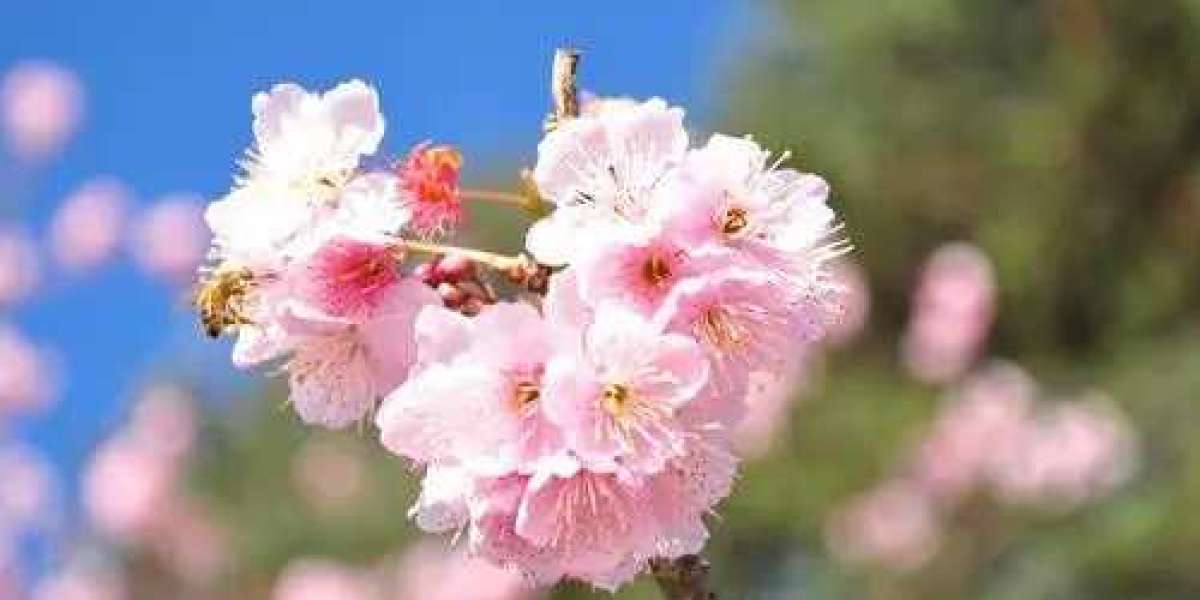What are the Characteristics and Properties of Quartz?
Quartz is a silicate mineral—composed of silicon and oxygen—that is in abundance within the Earth’s crust. It can be found naturally as lumps of the just the mineral itself, or it can be present in a number of rocks—with the most common and well-known example being in granite (alongside feldspar and mica). While it is one of the most well-known minerals, this article is dedicated to looking at the different characteristics and properties which quartz has. There are many different aspects and properties to a mineral, from the color to its hardness, to how its layers cleave under stress and more. Quartz can be in many different colors. In its purest form, it is a clear or white color, but different impurities within the atomic lattice can cause the color to change to purple, pink, brown, black, gray, green, orange, yellow, blue, or red. In some cases, the color can be banded or multiple colors depending on the impurity levels. For example, one common form of quartz that has impurities is amethyst, where the presence of iron or other transition metal ions causes the color to turn purple/lilac. Therefore, depending on whether a specimen is pure or not, it’s transparency can range from transparent to opaque.
Using Marble in the Bathroom: Everything You Need to Know
Marble is a metamorphic rock formed inside the Earth by natural compacted materials like dolomite, calcite, and other carbonate substances. The crystallized forms of these materials interlock and form marble when put under intense pressure and heat. Each piece of marble is unique, and it comes in a wide range of colors and textures, based on the levels of impurities present in them, combined with the unique materials that formed it. Marble is known worldwide for its unique and charming veined texture and its rich assortment of colors. Having been used to adorn castles and mansions for hundreds of years, it’s a metamorphic rock with a long history. Its durability and versatility have helped this natural stone make its way into average home designs worldwide, adding lasting value and marketability to a house. Marble has a natural warmth that delivers a refined element to any space you place it in. Its inherently unique appearance, range of features, and simplicity of care make it an exquisite choice for flooring, vanity tops, and wall claddings. Many marble types are suitable for wet area installation, which broadens this natural stone’s flexibility to include showers and tub decks. Marble is always on-trend and can stand up to anything if appropriately treated. Although it’s a symbol of luxury, current manufacturing and technology provide attractive marble options even to homeowners on a budget. Suppose you’re thinking about adding a touch of luxury and charm to your bathroom using this unique and exquisite stone. In that case, it’s essential to understand the various types of marble, its attributes, and the general maintenance that’s required to keep it looking as good as new before you commit. Hundreds of thousands of marble types exist around the world. Some provide cleaner, lighter-colored backgrounds, while others have darker, stronger colors. You can find marble colors ranging from white and pink to emerald, black, and gray. Here are the best types of marble to use for a bathroom.
Everything You Need To Know About Granite Countertops
Granite is an igneous rock that can be found in either the earth’s crust or above ground. Granite is made up of mostly quartz and feldspar. Granite is a beautiful natural stone that is often used as a building material. The stone is often referred to as a dimension stone – one that has been quarried to obtain blocks or slabs of a certain size and shape. Granite has been used to construct everything from kitchen and bathroom countertops to famous monuments. Granite is one of the most durable materials you can have in your home. With proper care, which will not require significant effort, granite surfaces can stay in great shape for years. As long as the stone is properly sealed, granite is resistant to stains. This does not mean that it is totally stain proof, but granite is one of the best natural stones when it comes to stain resistance. It's one of the easiest materials to maintain. All you will need to do to keep it looking as good as new is clean, re-seal and polish the surface. These processes are very easy to do and will not take up significant amounts of time. Granite is resistant to heat, unlike some other countertop options. You will not have to fear damaging the surface if you set down a hot pot or pan, although this practice is not recommended. You should still try to use trivets and hot pads in the interest of safety. It is not complicated to take care of your granite countertops because of its durability and resistivity against heat and chemicals. The main thing you need to do to preserve its overall quality is proper sealing maintenance. With this, you are providing the utmost protection for your granite against stains, bacteria, and molds. Likewise, to maintain its sealant film you need to keep your granite away from acidic liquids and sharp objects. Despite being resistant to scratches, the film will be peeled off or destroyed when it comes in contact with those sharp objects.


